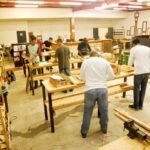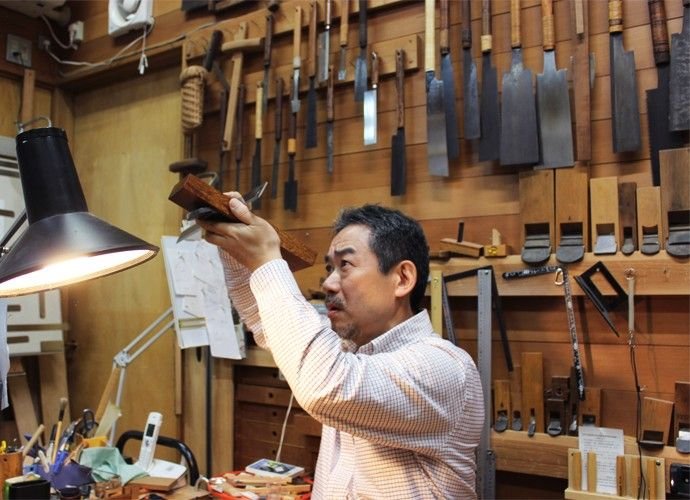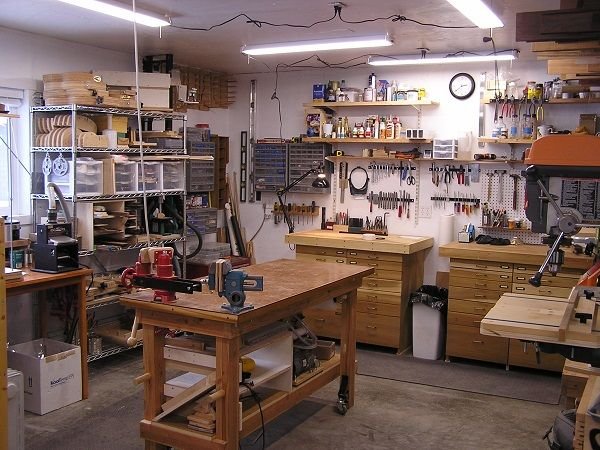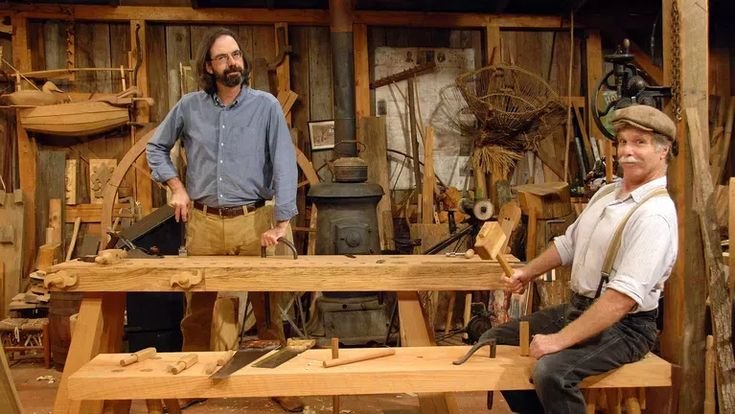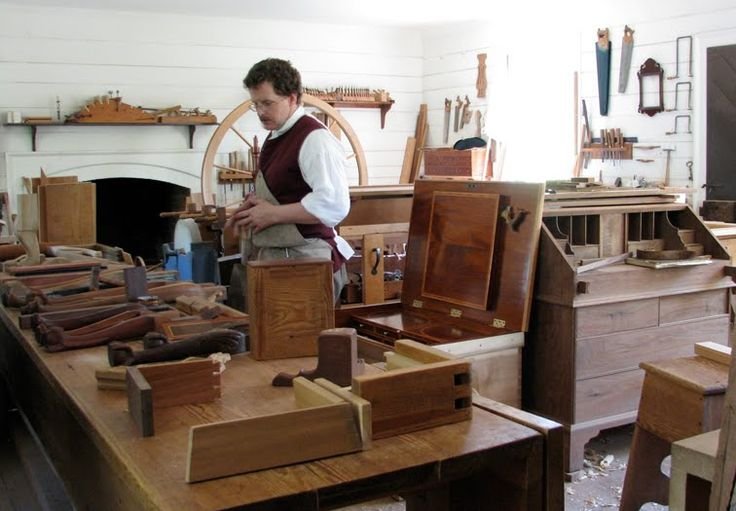Sipping Coffee and Shaping Wood in Jersey City
You know, there’s something about woodworking that just feels like an old friend. I’ve been at it for a few years now, messing around in my cramped garage in Jersey City, squeezing in projects between the chaos of everyday life. I remember when I first dipped my toes in this world. It was a Saturday morning, sun shining, the faint smell of fresh coffee wafting through the air, and I thought, “Hey, I can make that!”
It was a rustic shelving unit I’d seen online, maybe Pinterest or one of those home design sites—you know how they suck you in. I was drawn to the warm, weathered look of reclaimed barn wood. The way that old wood tells stories, with its knots and imperfections, it just got to me. So, I headed to the local lumber yard, which, let me tell you, is a little gem tucked away on a street corner. The owner, an old fella named Bill, always has the best stories to share while you’re browsing.
I narrowed my choices down to some pine and oak, but like any newbie, I ended up walking away with a haphazard assortment of random pieces—some really ugly, knotted boards, too. I thought, “Why pay extra for what looks good?” Spoiler alert: bad idea.
So there I was, ready to tackle my masterpiece. I laid everything out in the garage, surrounded by the smell of sawdust and the sound of birds chirping outside. I had a circular saw, an old miter saw that I was pretty sure my dad bought at a yard sale, and a drill that rattled more than worked. It wasn’t much, but it was my little setup. I mean, there’s something about starting with near-broken tools that makes you feel like a real craftsman, right?
I measured and cut, my heart racing with every snip, until I had a pile of wood pieces stacked precariously in one corner. At that point, I was feeling pretty pumped; I almost felt like I could take on the world.
But then, oh man, it hit me—I wasn’t thinking ahead. See, I skipped all that highfalutin talk about wood grain direction and how to properly sand. The result? My delightful shelf ended up looking like a drunk raccoon had tried to assemble it. I laughed when I actually stood back to take a look, half-expecting it to magically fix itself. Spoiler alert: it didn’t.
Facing the Music
The truth is, I could’ve just chucked it all out. I remember standing there, coffee cooling next to me, wondering why I even thought I could pull this off. I mean, it tested me. I almost gave up when I figured out that my so-called “creative vision” was more like a tornado of chaos.
But you know what? I didn’t toss it. I picked up that drill again, dusted off my pride, and went into full-on salvage mode. I researched a bit—thank goodness for YouTube. I watched videos on how to properly sand (they make it look so easy!). Turns out, using a finer grit and actually paying attention to the grain made a world of difference. Who knew a little patience could fix a hot mess?
Then came the finishing, which, I thought, would be a breeze. I figured I’d grab a can of stain and just brush it on. Oh boy, was I wrong! I struggled to apply it evenly. The first coat looked like I had splattered medieval art across my hardworking piece. But once again, the little voice in my head said, “Just keep going.”
Finding my Groove
After a while, with a good bit of sanding and a few more coats that I actually let dry this time, something magical happened. That once-bumbling piece transformed into a solid, beautiful shelf. I stood back, soaking in the sight, a mix of triumph and disbelief bubbling up in my chest. I had no idea I could turn that old, confused wood into something useful.
The best part? The day I finally hung that shelf on my wall was a day that felt oddly significant. I poured myself a cup of coffee, admired my new home addition, and felt that warm glow of accomplishment. It was about more than the wood and the tools; it was about proving to myself that I could turn mistakes into something beautiful.
Takeaways from the Workshop
Reflecting on that experience, if there’s one thing I could share with anyone thinking about jumping into woodworking—or really, any creative endeavor—it’s this: don’t be afraid to mess up. The reality is, you’ll make mistakes, and that’s part of the ride.
Tools will break, wood will crack, and sometimes, you’ll feel like you’re utterly lost in your own creation. Embrace that chaos; it’s where the real stories come from, after all. In every crack and imperfection, there’s a little piece of your journey.
So, grab that old piece of wood sitting in your garage, dust off the cobwebs, and just go for it. If I can do it, so can you. And who knows? You might end up creating something you never even imagined possible—maybe even better than the Pinterest version.




